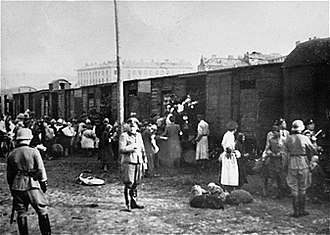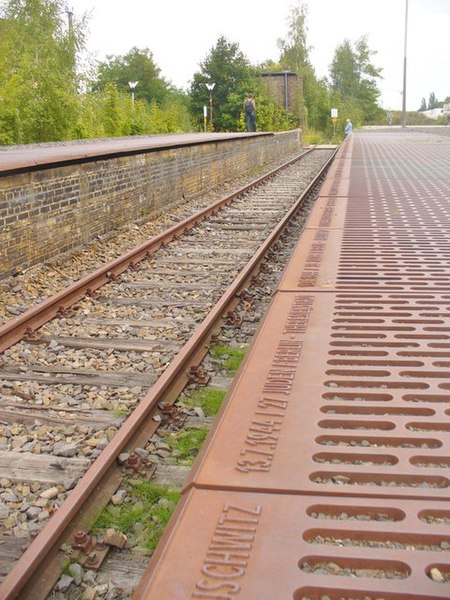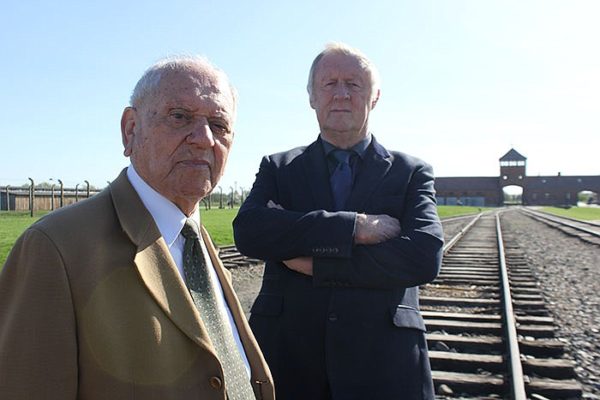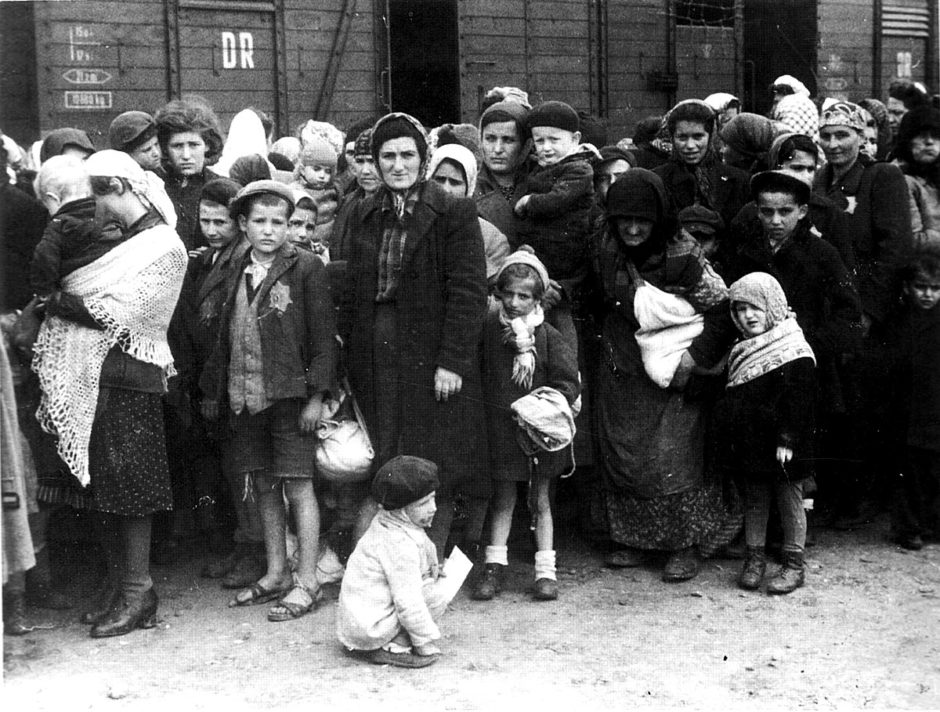Chris Tarrant, the host of Chris Tarrant: Extreme Railways, embarks on a harrowing journey in his latest episode, Hitler’s Holocaust Railways, which was broadcast on the PBS television network earlier this month.

A British train enthusiast, he discusses the role of trains in the Holocaust, travels to places like Terezin (Theresienstadt), Auschwitz-Birkenau and Lodz, and talks to Jewish survivors who cheated death during that incredibly dark period.

Tarrant starts by stating an important fact: the Deutsche Reichsbahn, the German railway system, was an integral cog in Adolf Hitler’s plan to consolidate power, conquer territory and exterminate the Jews of Europe.
Employing 1.6 million workers, Deutsche Reichsbahn performed a variety of tasks. It brought Germans to Nazi rallies, which helped Hitler’s regime tighten its hold on Germany. It carried German troops to newly occupied countries like Austria to the Soviet Union. And it transported Jews to death camps such as Auschwitz and Treblinka.
As Tarrant correctly notes, the railroad was a Nazi instrument of war.
Fifty thousand German Jews were deported from Berlin to their deaths in Poland. Boarding trains on Platform 17 of Berlin’s Grunewald station, they were subjected to the indignity of having to pay for their tickets.

The first transport pulled out of Grunewald on October 18, 1941, bound for Lodz, Poland, 300 miles away. The deportees disembarked at the Radegast station and were immediately marched to the congested Lodz ghetto, which was liquidated in August 1944 when its 68,000 survivors were taken by train to Auschwitz-Birkenau.
Several months earlier, Tarrant points out, a special line had been built to bring Jews directly to the Auschwitz-Birkenau killing center.
Tarrant interviews Arek Hersh, a Polish Jew who was a boy when all this unfolded.

One hundred and fifty thousand Jews were transported by rail to Terezin, where so-called “privileged” Jews were incarcerated. In 1943, the Germans constructed a line from Terezin to Auschwitz-Birkenau. Tarrant speaks to Helga Weissova, an artist, who had the misfortune of being imprisoned in both camps.
Toward the end of his documentary, Tarrant mentions in passing that 430,000 Hungarian Jews were transported to Auschwitz-Birkenau from May to July 1944. He provides no further details. Nor does he discuss the Nazi deportation by rail of Jews from other countries in Nazi-occupied Europe such as France and Greece.
But he leaves a viewer with the strong impression that the Holocaust — a German project supported by allies like Hungary and Romania — could not have been implemented without the assistance of the Deutsche Reichsbahn.
